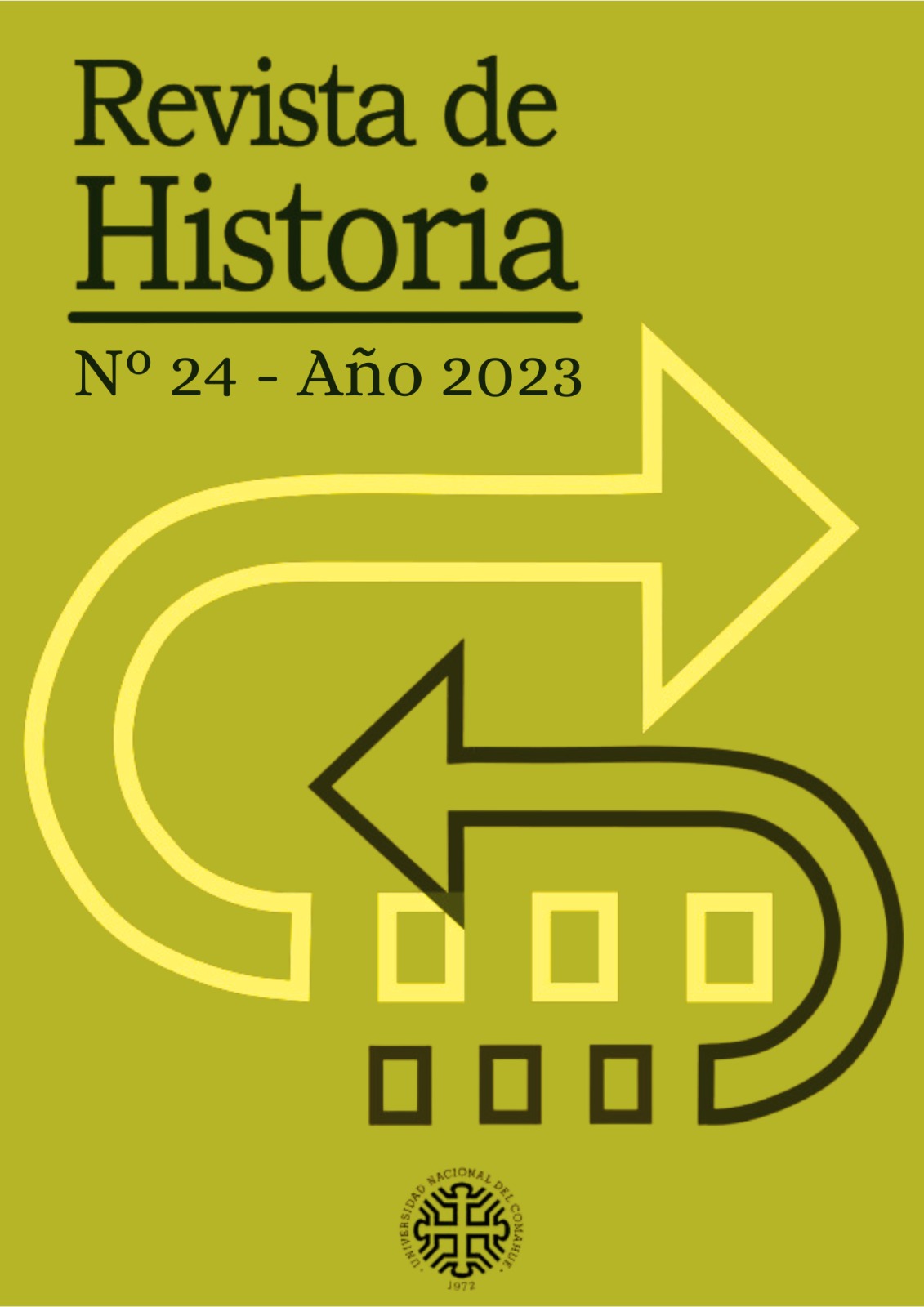Diminishing returns, normal science or specialization: reflections on a quarter of a century of historical studies on Peronism
Keywords:
Historiography, Peronism, History of science, Politics of historyAbstract
Since approximately the year 2000, historical studies on Peronism have shown renewed encouragement in Argentina. This historiographic flowering had two main phases and followed three logics. The two phases were constituted by a notorious interest in the first Peronism (1945-1955) during the 2000-2010 period, and then by the Peronism after 1955 with special emphasis for the 1955-1976 segment. The history of Peronism in the 1980s and 1990s produced significant studies, but it is plausible to argue that these are decades whose deployment in research is ongoing. The logics of the new historiography were three. The first consisted of reformulating or debating classical interpretations. This was the case with respect to economic history (was there a Peronist industrialization?), the history of the unionized working class (what were both the nature and the meaning of the sectoral conflicts?, was the labor movement “heteronymous”?) and the history of Peronism “in the interior of the country”. The second logic of innovation consisted of making visible issues previously considered unnecessary research: the Peronist Party, the General Confederation ofLabor, associationism, the "second lines" of leadership, the left and Peronism, science and technology, the intelligentsia. Peronist, among others. Finally, a third novelty entered through the door of recent academic trends. This is what happened with thehistory of gender, consumption, sexuality, affections, the racial and the public. This paper proposes a conceptual and historiographical synthesis and balance of almost a quarter of a century of “renovative” studies. He tries to evaluate what interpretative changes were verified, he wonders if they were able to propose new readings and what were their analytical performances in the development that the elapsed time enables them to think.
Downloads
References
Acha, Omar, “Sociedad civil y sociedad política durante el primer peronismo”, Desarrollo Económico. Revista de Ciencias Sociales, Nº 174, julio-septiembre 2004, pp. 199-230.
Ajmechet, Sabrina, Elperonismomenospensado. Cómo se construyó la hegemoníaperonista, Buenos Aires, EUDEBA, 2021.
Bazconzuelo, Celia, “Organizaciones de la sociedad civil y peronismo local. ¿Cooptación o autonomía? El caso de las asociaciones vecinales de Río Cuarto en tiempos del primer peronismo”, Anuario de la Escuela de Historia Virtual, Año 5, Nº 6, 2014, pp. 109-129.
Belini, Claudio, Historia de la industria en la Argentina. De la independencia a la crisis de 2001, Buenos Aires, Editorial Sudamericana, 2017.
Borges, Jorge Luis, “El simulacro”, La Biblioteca, enero-marzo de 1957, pp. 116-117.
Ciria, Alberto, Política y cultura popular. La Argentina peronista 1946-1955, Buenos Aires, Ediciones de la Flor, 1983.
Comastri, Hernán, “Memorias sobre la Universidad de Buenos Aires durante el primer peronismo (1946-1955)”, Testimonios, N° 4, Asociación de Historia Oral de la República Argentina, 2015, pp. 65-86.
Comastri, Hernán, “La apuesta por la energía atómica: Guerra Fría, políticas de Estado e imaginación técnica popular en el primer peronismo (1946-1955)”, en Jimena Caravaca, Claudia Daniel, y Mariano Plotkin (coords.), Saberes desbordados. Historias de diálogos entre conocimientos científicos y sentido común (Argentina, siglos XIX y XX), Buenos Aires, IDES, 2018, pp. 64-90.
Favaro, Orietta y Arias Bucciarelli, Mario, “Pensar el peronismo desde los Territorios Nacionales. El caso de Neuquén, 1943-1955”,Cuadernos del sur, Nº 30-31, 2000, pp. 85-102.
Garzón Rogé, Mariana, “De enigma a paradoja. Reensamblar la políticade los primeros peronistas (1945-1955)”, Boletín del Instituto de Historia Argentina y Americana “Dr. Emilio Ravignani”, Tercera Serie, N° 51, 2019, pp.169-203.
James, Daniel, Resistencia e integración. El peronismo y la clase trabajadora argentina (1946-1976), Buenos Aires, Sudamericana, 1990.
Jérez, Marcelo, “Asociacionismo vecinal en Jujuy en el tránsito hacia el primer gobierno peronista”, Avances del Cesor, Nº 14, 2016, pp. 157-174.
Luna, Félix, El 45. Crónica de un año decisivo, Buenos Aires, Jorge Álvarez, 1969.
MacKinnon, Moira, Los años formativos del Partido Peronista, Buenos Aires, Siglo Veintiuno, 2001.
Macor, Darío y Tcach, César (eds.), La invención del peronismo en el interior del país, Santa Fe, Universidad Nacional del Litoral, 2003.
Marcilese, José,“La sociedad civil y el primer peronismo. El fomentismo de Bahía Blanca y su lugar dentro de la ‘comunidad organizada’”,Nuevo Mundo Mundos Nuevos, 2009, disponible en: http://journals.openedition.org/nuevomundo/57286.
Ocampo, Emilio, El mito de la industrialización peronista,Buenos Aires, Claridad, 2018.
Rein, Raanan, Juan Atilio Bramuglia. Bajo la sombra del líder: la segunda línea de liderazgo peronista,Buenos Aires, Lumiere, 2006.
Rougier, Marcelo, La economía peronista. Una perspectiva histórica, Buenos Aires, Editorial Sudamericana, 2012.
Salomón, Alejandra, El peronismo en clave rural y local. Buenos Aires, 1945-1955, Bernal, Universidad Nacional de Quilmes, 2012.
Sigal, Silvia, “Intelectuales y peronismo”, en Juan Carlos Torre (dir.), Los años peronistas (1943-1955), Buenos Aires, Sudamericana, 2002, pp. 481-522.
Torre, Juan Carlos (dir.), Los años peronistas (1943-1955),Nueva Historia Argentina, vol. 8, Buenos Aires, Sudamericana, 2002.
Downloads
Published
How to Cite
Issue
Section
License
Copyright (c) 2023 Revista de HistoriaNota de copyright
Obra disponible en acceso abierto bajo licencia Creative Commons Atribución-
NoComercial-SinDerivadas 2.5 Argentina (http://creativecommons.org/licenses/by-nc-nd/2.5/ar/)








